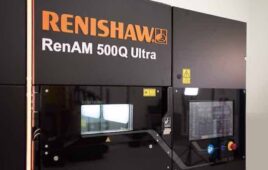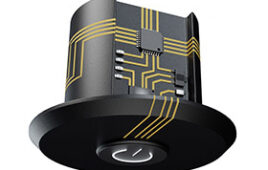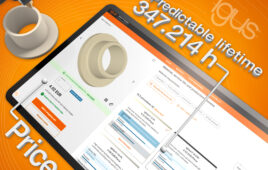Imagine as a designer being able to integrate human bodies into your designs. As customers increasingly demand highly customized products, the ability to test real products out on virtual 3D bodies holds tremendous potential in the new era of mass customization.
A company called Body Labs has created a platform–now in beta–that enables users to create and customize 3D human body models. The platform consists of a collection of APIs and embeddable components for integrating the human body into apps and tools.
The platform, BodyKit, is a toolset designed to let users create, visualize, pose, measure, analyze, animate and compare 3D body models for product customization and experiences. Applications for body modeling technology include fitness and health, product design, fashion, ergonomics, video games, animation, VR and more.
BodyKit presents the complexity of the human body in a simple API, providing an automated way to create 3D avatars that can move naturally through a range of motion. BodyKit was designed for early-stage prototyping, lightweight applications and even large-scale platforms.
How it works
First, you upload a 3D body scan or set of measurements to create a 3D body model. You can then see and interact with body models from inside your app or Website and pose them with various motions, while still maintaining realistic soft tissue and shape deformation.
You can extract more than 50 standard body measurements, taken in the same place across all body shapes and poses and calculate values such as volume and surface area automatically for any body. You can apply motion capture sequences to body models to generate realistic human movement animations.
You can also compare two or more bodies against each other, or track how one body changes over time using precise heat-map visualization or custom metrics. You can also use BodyKit to determine where someone fits within a specific population group and how a person compares to a prototype or average body for a group.
Once completed, you can export your models in any pose in a variety of file formats. The toolkit is compatible with many 3D CAD apps.
BodyKit includes ShapeX, Instant API and BodyHub API. ShapeX consists of customizable measurement input and visualization tools for desktop, tablet and mobile devices. The instant API creates 3D body models from a few measurements to predict body shape and measurements. From a standard set of input measurements, for example, BodyKit’s Instant API predicts over 50 different anthropometric and tailor measurements to within 1.1 cm.
Finally, the BodyHub API creates and saves 3D body models from scans or measurements, builds databases of customer bodies and performs sophisticated operations such as animation, population analysis and custom formatted data exports for additional applications.
Real-world use cases
One company that is currently putting the BodyKit toolkit through its paces is MESH01, a company involved in field testing of products. MESH01 provides field testers–all experienced in a variety of active disciplines–who distribute their clients’ prototype products to carefully chosen segments of testers who use proven protocols to discover strengths and reveal flaws well before products reach consumers.
Manufacturers then use this test data to refine, optimize and enhance products at all stages of development, ensuring market-readiness prior to launch. Brian Bednarek, Founder & CEO, MESH01, says “By incorporating BodyKit with its 3D body modeling and measurement capabilities into our testing platform, we will be able to provide our clients with very accurate data on body types to help them better select testers as well as develop a better fitting and performing product.”
Interested in learning more? Check out the BodyLab’s web site here.
Filed Under: Hose • wraps + sleeves, 3D printing • additive • stereolithography




